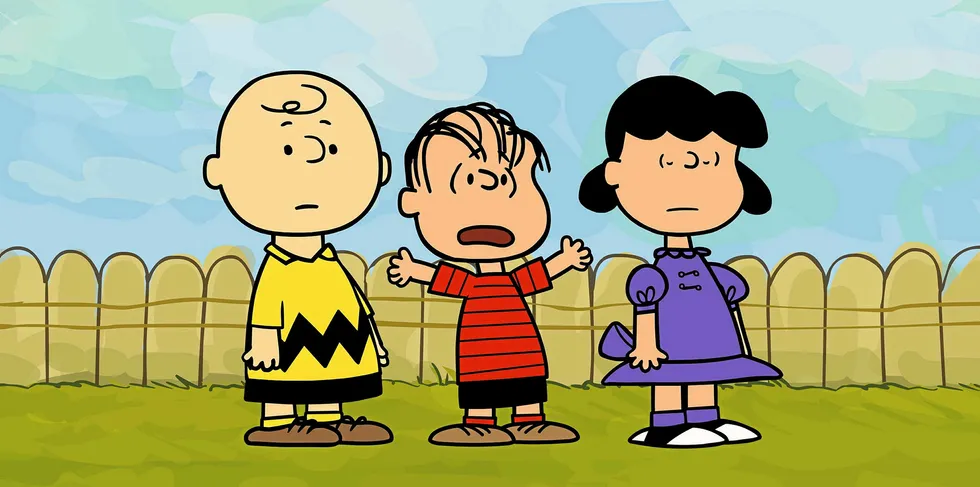Why power prices will inevitably fall, then look like Charlie Brown
Ignore all power price forecasts that keep going up, they’re just wishful thinking, says senior BNEF analyst

Ignore all power price forecasts that keep going up, they’re just wishful thinking, says senior BNEF analyst
